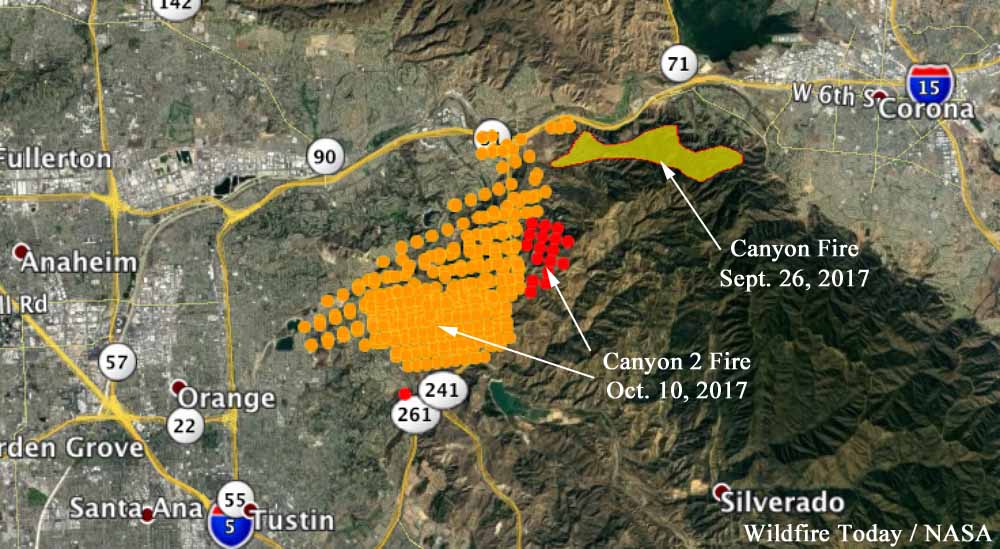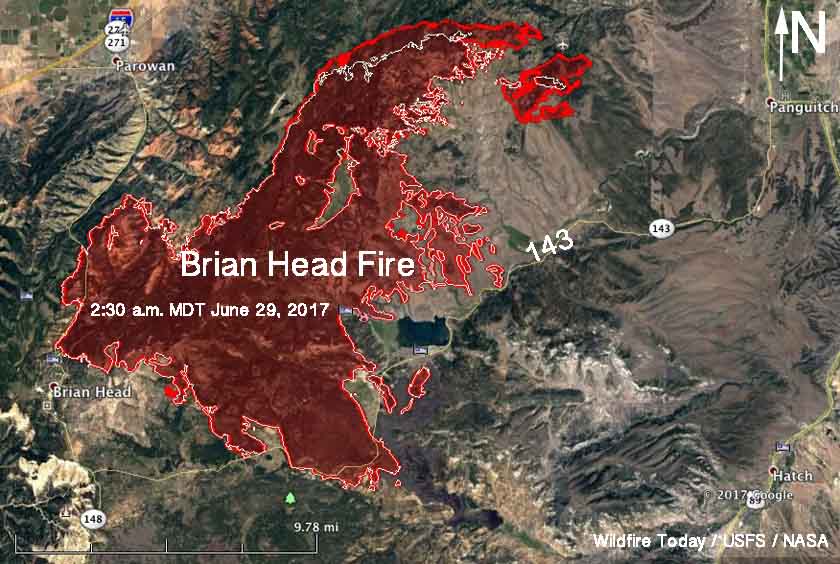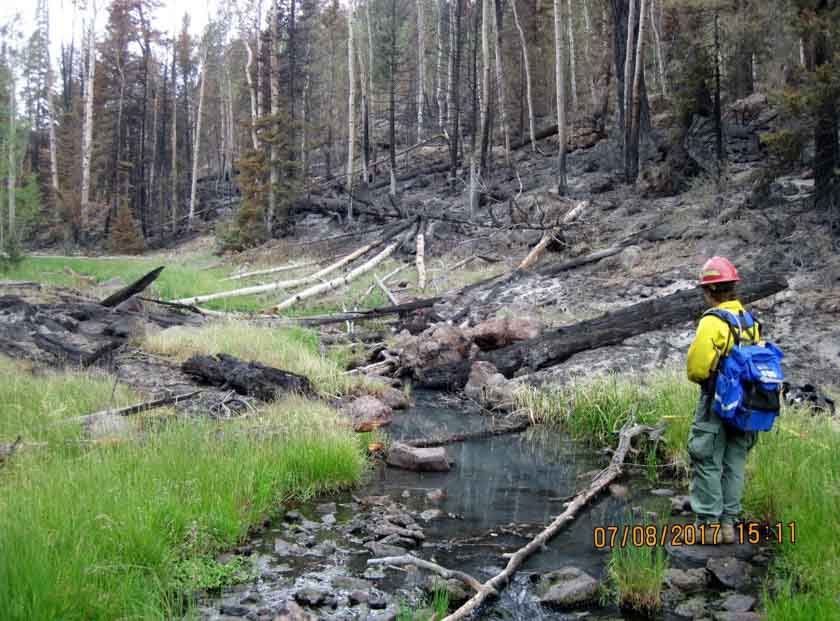(Originally published at 6:49 a.m. PDT October 11, 2017)
(Above: Mill Valley Fire Chief Tom Welch, a resident of Santa Rosa, has lost his family home due to the wildfires burning this week in Northern California).
A fire chief in Northern California who has been coordinating his staff’s response to wildfires this week is among those whose family home has been destroyed.
Tom Welch is the fire chief of the 35-member Mill Valley Fire Department in Marin County. Though the city of 15,000 has generally been spared the destructive effects of the wine country wildfires, Welch and his family reside 40 miles to the north in Santa Rosa — among the hardest hit communities.
His home was among the estimated 2,000 structures that were completely destroyed by this week’s fires that erupted Sunday night, the city confirmed on its website.
The city in a statement said:
“His family is safe. At this point we are still learning how other City of Mill Valley employees are impacted as well. Our thoughts are with everyone who has been impacted by this disaster.”
An online fundraiser has been established to help Chief Welch and other families. By 6 a.m. PDT Wednesday, more than 450 donors had contributed $62,000 to the campaign.
Mill Valley Fire Chief home lost to fire in Sonoma County. YouCaring site set up to support his family & others: https://t.co/ivhQOXC2Yt
— City of Mill Valley (@City_of_MV) October 9, 2017
Reports are beginning to circulate of other first responders whose homes were damaged or destroyed, though it remains unclear how many could have been affected.
At least 17 people have been killed and more than 2,000 homes destroyed in the series of more than a dozen fires that started late Sunday and early Monday across Northern California. Containment efforts are progressing for some fires, which have burned in excess of 100,000 acres, and conditions have calmed considerably from Monday morning’s ferocious winds.
Walls of flames! Incredible video @sonomasheriff deputy driving through #NorCalFire. 17 deaths, 115,000 acres, 2,000 structures gone. @NBCLA pic.twitter.com/zZcwRR3Xys
— Whit Johnson (@WhitNBCLA) October 11, 2017
That could change later this week as winds and red flag warnings return to the area.
“It’s devastating,” said Rep. Mike Thompson, D-St. Helena, who toured the fire-scarred region by helicopter, according to the San Francisco Chronicle. “I fully expect this will be the worst fire disaster in California history.”
The mosaic my @WIFIREProject team generated of #TubbsFire and #santarosafire. The latest spread models were overlaid on the data. Stay safe! pic.twitter.com/7nP0Dl0bur
— Ilkay Altintas (@ilkayaltintas) October 11, 2017









